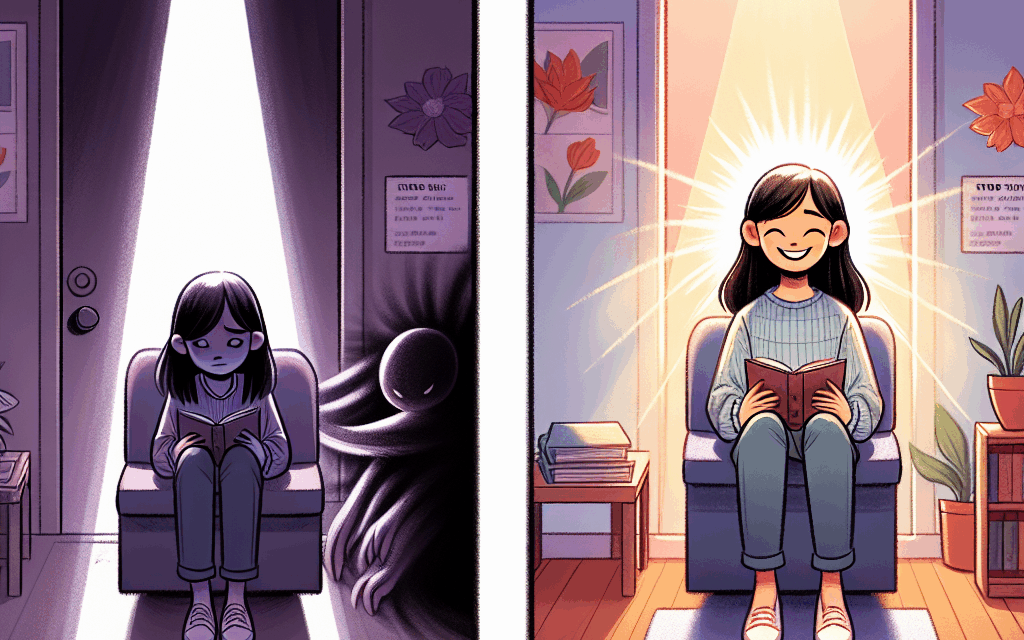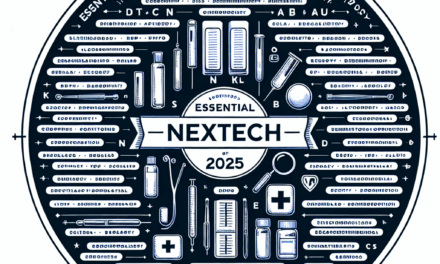The Transformative Effects of TMS Therapy on Adolescent Depression
Adolescent depression is a growing concern in today’s society, affecting millions of young people worldwide. Traditional treatment methods, including psychotherapy and medication, have been the mainstay for managing this condition. However, Transcranial Magnetic Stimulation (TMS) therapy has emerged as a promising alternative, offering hope for those who have not responded to conventional treatments. This article delves into the transformative effects of TMS therapy on adolescent depression, exploring its mechanisms, efficacy, and the broader implications for mental health care.
Understanding Adolescent Depression
Adolescent depression is characterized by persistent feelings of sadness, hopelessness, and a lack of interest in activities that were once enjoyable. It can manifest in various ways, including changes in appetite, sleep disturbances, and difficulty concentrating. The prevalence of depression among adolescents has been on the rise, with studies indicating that approximately 13% of adolescents experience a major depressive episode by the age of 18.
Several factors contribute to the onset of depression in adolescents, including:
- Biological Factors: Genetic predisposition and neurochemical imbalances can play a significant role in the development of depression.
- Environmental Factors: Stressful life events, such as family conflict, bullying, or academic pressure, can trigger depressive episodes.
- Psychosocial Factors: Low self-esteem, poor coping skills, and negative thought patterns can exacerbate feelings of depression.
Understanding these factors is crucial for developing effective treatment strategies. Traditional approaches often include psychotherapy, such as cognitive-behavioral therapy (CBT), and pharmacotherapy, primarily antidepressants. However, these methods do not work for everyone, leading to the exploration of alternative treatments like TMS therapy.
What is TMS Therapy?
Transcranial Magnetic Stimulation (TMS) is a non-invasive procedure that uses magnetic fields to stimulate nerve cells in the brain. It is primarily used to treat major depressive disorder (MDD) in adults but has gained traction as a treatment option for adolescents as well. TMS therapy involves placing a magnetic coil on the scalp, which delivers brief magnetic pulses to specific areas of the brain associated with mood regulation.
The mechanism of action for TMS therapy is based on the principle of neuroplasticity—the brain’s ability to reorganize itself by forming new neural connections. By stimulating targeted brain regions, TMS can enhance the activity of underactive areas and reduce the activity of overactive regions, thereby helping to restore balance in mood regulation.
Key features of TMS therapy include:
- Non-Invasive: Unlike surgical interventions, TMS does not require anesthesia and has minimal side effects.
- Targeted Treatment: TMS can be precisely directed to specific brain areas, allowing for personalized treatment.
- Short Sessions: Each TMS session typically lasts about 20-40 minutes, making it convenient for adolescents with busy schedules.
Research has shown that TMS therapy can lead to significant improvements in depressive symptoms, with many patients experiencing relief after just a few sessions. This has made TMS an attractive option for adolescents who have not found success with traditional treatments.
Efficacy of TMS Therapy in Treating Adolescent Depression
Numerous studies have investigated the efficacy of TMS therapy in treating adolescent depression. A meta-analysis published in the journal Neuropsychopharmacology found that TMS is effective in reducing depressive symptoms in adolescents, with response rates comparable to those seen in adults. The analysis highlighted several key findings:
- Response Rates: Approximately 50-60% of adolescents treated with TMS experience a significant reduction in depressive symptoms.
- Remission Rates: About 30-40% of adolescents achieve full remission from their depressive episodes after completing a course of TMS therapy.
- Long-Term Benefits: Many adolescents maintain improvements in mood and functioning for months after completing treatment.
One notable case study involved a 16-year-old girl diagnosed with severe depression who had not responded to multiple antidepressant medications. After undergoing a series of TMS sessions, she reported a marked improvement in her mood and overall quality of life. Her case is not unique; many adolescents have shared similar success stories, highlighting the potential of TMS therapy as a viable treatment option.
Furthermore, TMS therapy has been shown to have a favorable safety profile. The most common side effects include mild headaches and scalp discomfort, which typically resolve shortly after treatment. Unlike traditional antidepressants, TMS does not carry the risk of weight gain or sexual dysfunction, making it an appealing choice for adolescents concerned about these issues.
Case Studies and Real-World Applications
Real-world applications of TMS therapy in treating adolescent depression provide valuable insights into its effectiveness and practicality. Several clinics across the United States have begun offering TMS therapy specifically tailored for adolescents, with promising results.
One such clinic reported on a cohort of 30 adolescents aged 12-18 who underwent TMS therapy. The results were encouraging:
- Improvement in Symptoms: 70% of participants showed a significant reduction in depressive symptoms as measured by standardized scales.
- Enhanced Functioning: Many adolescents reported improvements in academic performance and social interactions following treatment.
- High Satisfaction Rates: Feedback from both adolescents and their families indicated high satisfaction with the treatment process and outcomes.
Another case involved a 15-year-old boy who had been struggling with depression and anxiety for several years. After trying various medications without success, he began TMS therapy. Within weeks, he reported feeling more motivated and engaged in activities he once enjoyed. His parents noted a significant change in his demeanor, describing him as more cheerful and communicative.
These case studies underscore the transformative potential of TMS therapy for adolescents facing depression. By providing a non-invasive, effective treatment option, TMS therapy can help young people reclaim their lives and improve their overall well-being.
Challenges and Considerations in Implementing TMS Therapy
While TMS therapy offers promising benefits for treating adolescent depression, several challenges and considerations must be addressed to ensure its successful implementation.
- Access to Treatment: TMS therapy is not universally available, and access can be limited in certain regions. Many adolescents may not have the financial means to afford treatment, as insurance coverage for TMS can vary significantly.
- Awareness and Education: There is still a lack of awareness among healthcare providers and families regarding TMS therapy. Increased education and outreach efforts are needed to inform stakeholders about its benefits and availability.
- Individual Variability: Not all adolescents will respond to TMS therapy, and some may require additional or alternative treatments. Personalized treatment plans should be developed to address individual needs.
Moreover, ongoing research is essential to further understand the long-term effects of TMS therapy on adolescents. While current studies indicate positive outcomes, more extensive trials are needed to establish standardized protocols and guidelines for its use in this population.
The Future of TMS Therapy in Adolescent Mental Health
The future of TMS therapy in treating adolescent depression looks promising, with ongoing advancements in technology and research. As more studies validate its efficacy and safety, TMS may become a standard treatment option for adolescents struggling with depression.
Innovations in TMS technology, such as the development of more portable devices, could enhance accessibility and convenience for young patients. Additionally, integrating TMS therapy with other therapeutic modalities, such as psychotherapy or lifestyle interventions, may yield even better outcomes.
Furthermore, as mental health awareness continues to grow, there is an increasing emphasis on early intervention and prevention strategies. TMS therapy could play a crucial role in addressing adolescent depression at its onset, potentially reducing the long-term impact of the disorder.
Conclusion
In conclusion, TMS therapy represents a transformative approach to treating adolescent depression, offering hope for those who have not found relief through traditional methods. With its non-invasive nature, targeted treatment capabilities, and favorable safety profile, TMS therapy has the potential to significantly improve the lives of young people struggling with depression.
As research continues to support its efficacy, it is essential to address the challenges associated with access, awareness, and individual variability in treatment response. By fostering a greater understanding of TMS therapy and its benefits, we can pave the way for a brighter future for adolescents facing mental health challenges.
Ultimately, the integration of TMS therapy into adolescent mental health care could lead to more effective treatment options, improved outcomes, and a renewed sense of hope for young individuals battling depression.





